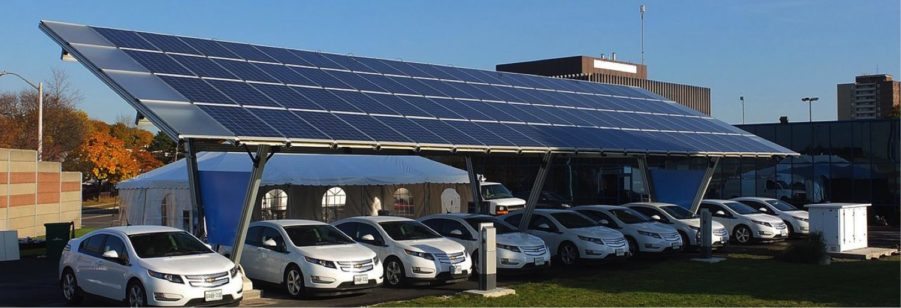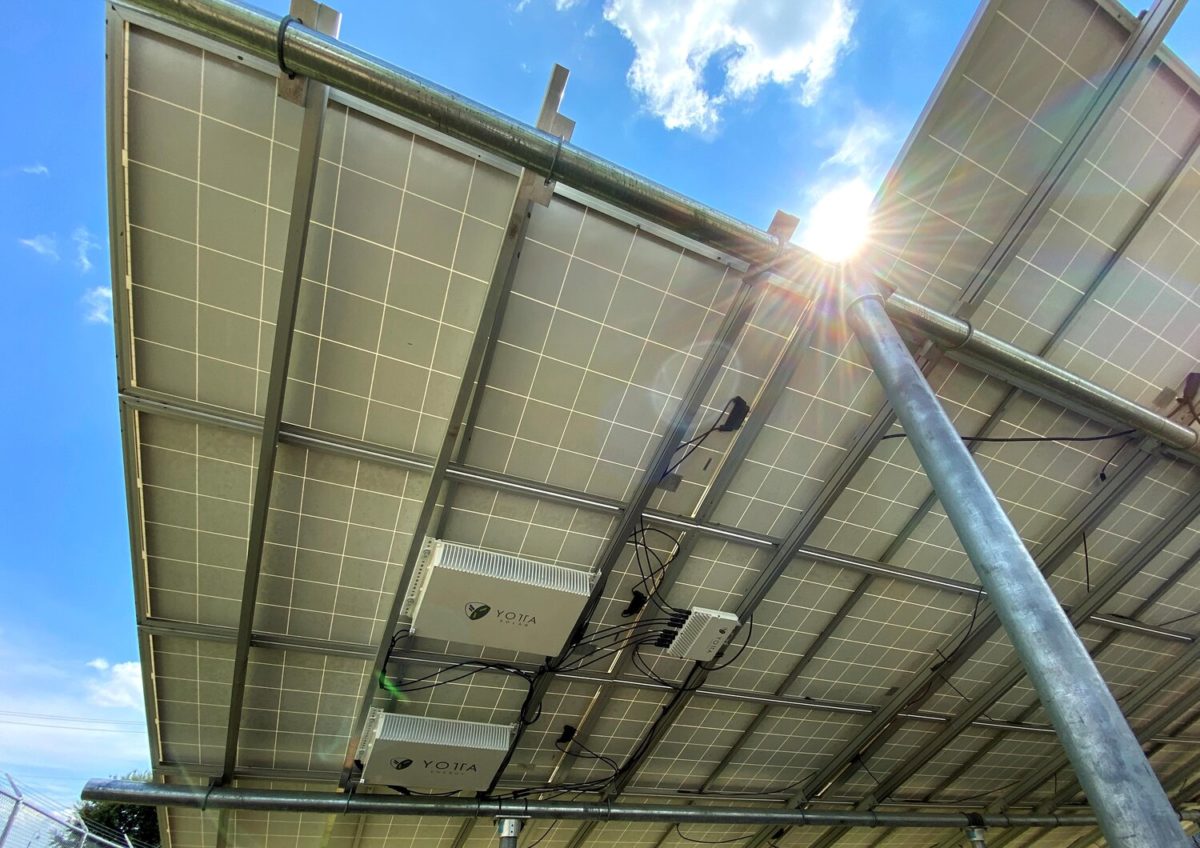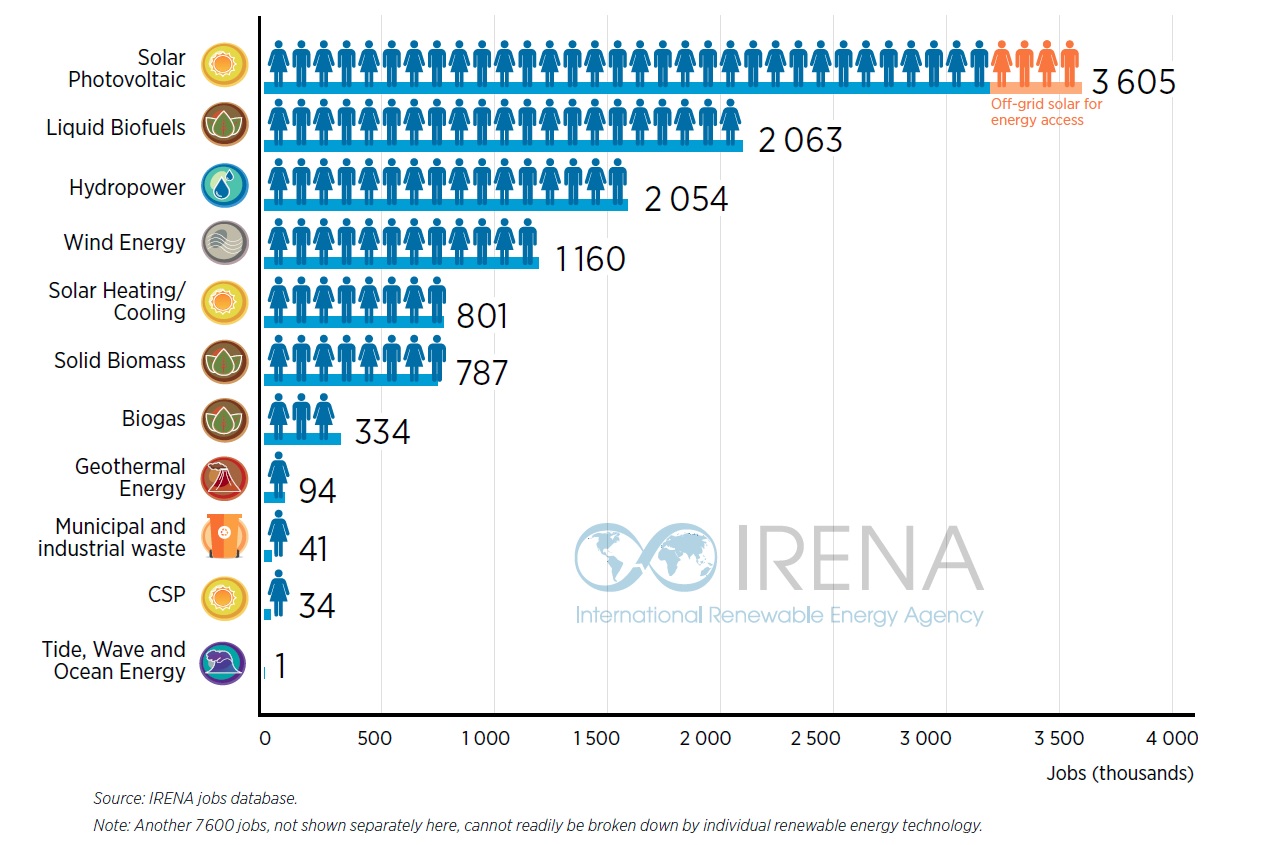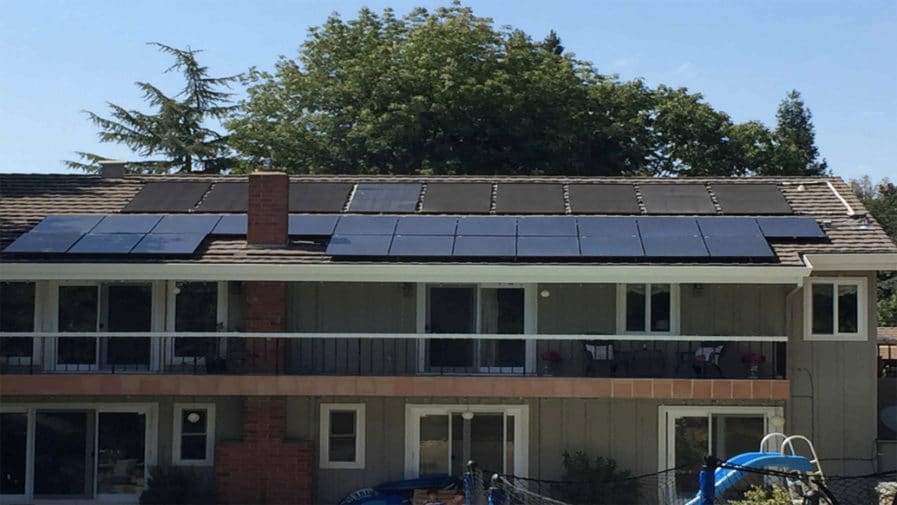I believe the footnotes in each graph explanation their assumptions..Those are new terms and metrics, is it about 1.5 years old?
This explanation was made 14 months ago.
Trying to understand the factors used, have a nutshell explanation?
Since this is version 15, it probably carries over terminology to maintain consistency.
Is there something in particular you want to know?









